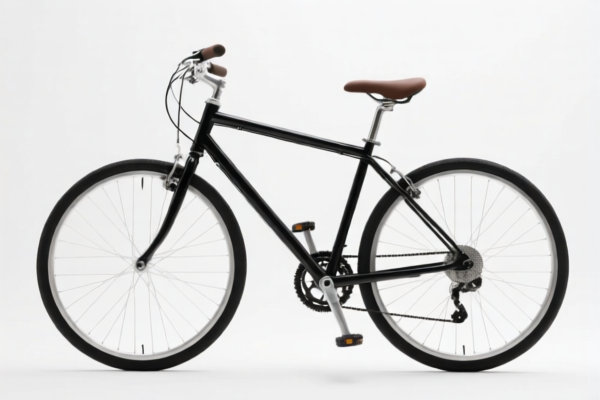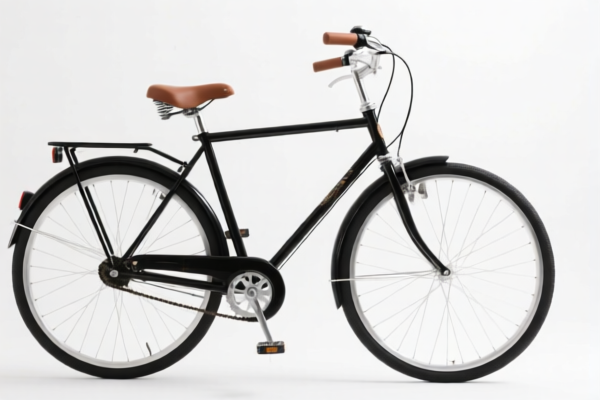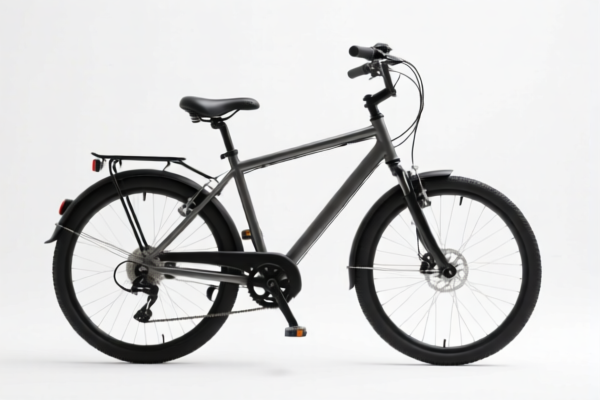| HS Code | Official Doc | Tariff Rate | Origin | Destination | Effective Date |
|---|---|---|---|---|---|
| 8307103000 | Doc | 58.8% | CN | US | 2025-05-12 |
| 8307903000 | Doc | 58.8% | CN | US | 2025-05-12 |
| 8308909000 | Doc | 57.7% | CN | US | 2025-05-12 |
| 7326902500 | Doc | 80.0% | CN | US | 2025-05-12 |
| 7326908605 | Doc | 82.9% | CN | US | 2025-05-12 |
| 7616995175 | Doc | 57.5% | CN | US | 2025-05-12 |
| 7616995160 | Doc | 57.5% | CN | US | 2025-05-12 |
| 7610900080 | Doc | 85.7% | CN | US | 2025-05-12 |
| 7610900060 | Doc | 85.7% | CN | US | 2025-05-12 |
| 9406900190 | Doc | 82.9% | CN | US | 2025-05-12 |
| 9406900130 | Doc | 82.9% | CN | US | 2025-05-12 |
| 8712004800 | Doc | 66.0% | CN | US | 2025-05-12 |
| 8712005000 | Doc | 3.7% <u></u>+55.0% | CN | US | 2025-05-12 |
| 8714991000 | Doc | 37.5% | CN | US | 2025-05-12 |
| 8714996000 | Doc | 37.5% | CN | US | 2025-05-12 |




Bicycle Handlebar
A bicycle handlebar is the steering control of a bicycle. It provides a point of control for the rider and, in many designs, serves as a mounting point for various components.
Material
Handlebars are commonly constructed from the following materials:
- Aluminum: Lightweight, relatively inexpensive, and offers good corrosion resistance. The most common material for modern handlebars. Different alloys (e.g., 6061, 7075) provide varying degrees of strength and weight.
- Steel: Durable and less expensive than aluminum, but heavier. Often found on older or lower-cost bicycles. Chromoly steel (CrMo) is a stronger, lighter steel alloy.
- Carbon Fiber: Very lightweight and offers excellent vibration damping properties, increasing comfort. More expensive and can be susceptible to damage from impacts or improper clamping.
- Titanium: Lightweight, strong, and corrosion-resistant, but the most expensive option.
Purpose & Function
- Steering: The primary function is to allow the rider to control the direction of the bicycle.
- Control Mounting: Provides attachment points for brake levers, shifters, lights, computers, and other accessories.
- Rider Position: Handlebar shape and width significantly influence rider posture and comfort. Different handlebar designs cater to various riding styles.
- Weight Distribution: Contributes to the overall balance and handling of the bicycle.
Usage Scenarios & Common Types
Handlebar selection is often dictated by the type of riding intended:
- Flat Bar:
- Usage: City biking, commuting, mountain biking (cross-country).
- Characteristics: Straight or slightly curved, providing an upright riding position for comfort and control. Often wider for increased stability.
- Riser Bar:
- Usage: Mountain biking (trail, enduro, downhill), BMX.
- Characteristics: Similar to flat bars but with a more pronounced upward sweep, providing a more aggressive, upright position and increased leverage.
- Drop Bar:
- Usage: Road cycling, gravel cycling, cyclocross.
- Characteristics: Curved downwards, offering multiple hand positions for aerodynamics, comfort on long rides, and increased control. Variations include compact, aero, and traditional shapes.
- Bullhorn Bar:
- Usage: Track cycling, fixed-gear, aggressive urban riding.
- Characteristics: Forward-swept, providing an aerodynamic position and aggressive control.
- Mustache Bar:
- Usage: BMX, freestyle, urban riding.
- Characteristics: Similar to bullhorn bars but with a more pronounced upward sweep.
- Ape Hanger Bar:
- Usage: Cruiser bicycles, custom builds.
- Characteristics: Very tall, providing a relaxed, upright riding position.
Dimensions
Handlebar width and rise are critical for fit and control. Width is measured center-to-center and rise refers to the vertical height of the bar. Stem length and angle also influence handlebar reach and position.
Clamping Diameter
Handlebars are available in various clamping diameters to match the stem: common sizes include 25.4mm, 31.8mm, and 35mm.
Bicycle handlebars fall under several potential classifications based on material and specific components. Here's a breakdown of relevant HS codes:
- 8712.00.48.00: Other bicycles. This code applies to complete bicycles, and may be relevant if the handlebar is being imported as part of a fully assembled bicycle. The total tax rate is 66.0% (基础关税: 11.0%, 加征关税: 25.0%, 2025.4.2后加征关税: 30.0%).
- 8714.99.10.00: Parts and accessories of vehicles of headings 8711 to 8713: Other: Other: Click twist grips and click stick levers. This code is specifically for click twist grips and click stick levers used on bicycles. The total tax rate is 37.5% (基础关税: 0.0%, 加征关税: 7.5%, 2025.4.2后加征关税: 30.0%).
- 8714.99.60.00: Parts and accessories of vehicles of headings 8711 to 8713: Other: Other: Trigger and twist grip controls for three speed hubs, and parts thereof; bicycle handlebar stems wholly of aluminum alloy (including their hardware of any material), valued over $2.15 each; and bicycle handlebar stem rotor assemblies. This code covers aluminum alloy handlebar stems (including hardware) valued over $2.15 each, as well as related rotor assemblies. The total tax rate is 37.5% (基础关税: 0.0%, 加征关税: 7.5%, 2025.4.2后加征关税: 30.0%).
- 7610.90.00.80: Aluminum structures (excluding prefabricated buildings of heading 9406) and parts of structures (for example, bridges and bridge-sections, towers, lattice masts, roofs, roofing frameworks, doors and windows and their frames and thresholds for doors, balustrades, pillars and columns); aluminum plates, rods, profiles, tubes and the like, prepared for use in structures: Other Other: Other. This code applies to aluminum handlebars prepared for use in structures. The total tax rate is 85.7% (基础关税: 5.7%, 加征关税: 25.0%, 2025.4.2后加征关税: 30.0%钢,铝制品加征关税: 25%).
- 7616.99.51.75: Other articles of aluminum: Other: Other: Other Other: Articles of wire. This code is applicable to handlebars made of aluminum wire. The total tax rate is 57.5% (基础关税: 2.5%, 加征关税: 25.0%, 2025.4.2后加征关税: 30.0%).
Regarding HS code 8714.99.60.00, please note that the value of the aluminum alloy handlebar stems must be over $2.15 each for this classification to apply.
Customer Reviews
No reviews yet.